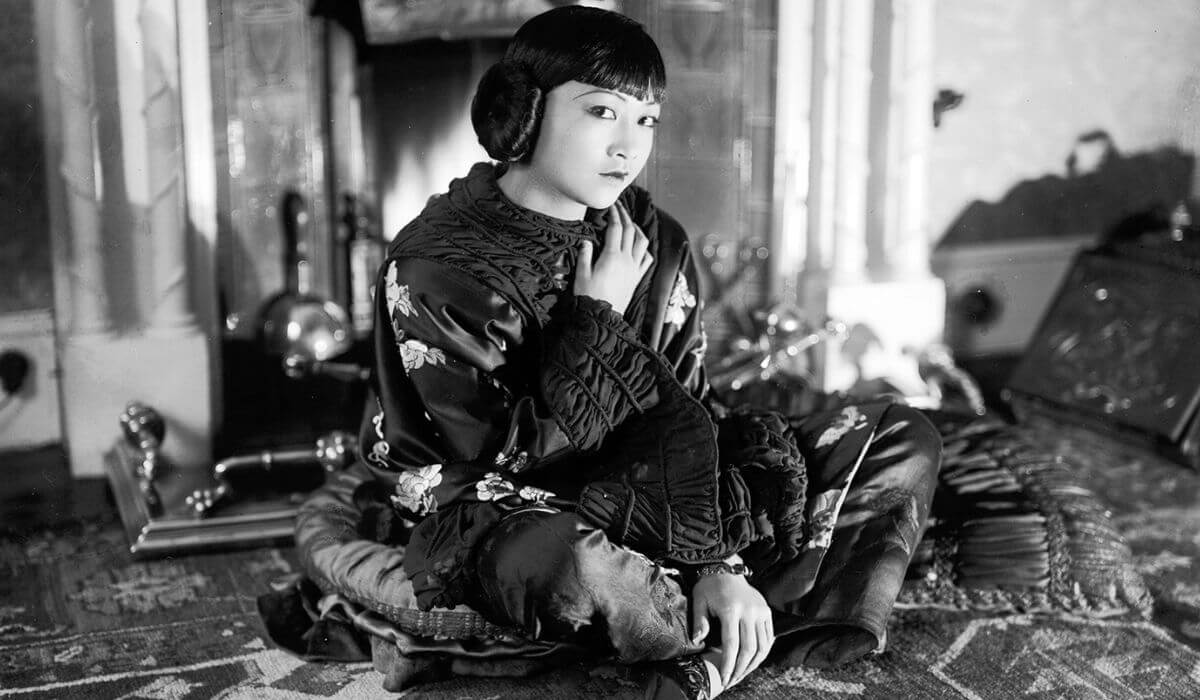Hollywood trailblazer Anna May Wong, whose movies helped combat stereotypes among white commoners, will be the first Asian American to be featured on US currency. Anna May Wong is considered the fifth and final woman to be separately featured in the US quarter in 2022.
The phenomenal former Chinese actress has been chosen as a part of a program that includes notable women on American currencies. Wong, who is the foremost Chinese American film star in Hollywood, will be featured on one side of the quarter with President George Washington on the other side. The US Mint will start shipping coins on Monday.
Director of US Mint, Ventris C. Gibson referred to Wong as “ a courageous advocate” who championed the need for less stereotypic roles and more representation as well as multi-dimensional roles for Asian Americans on screen.
“The quarter is designed to clearly reflect the depth of accomplishments made by Anna May Wong, who overcame obstacles and challenges that came her way during her lifetime,” Gibson added.
The US Mint said on its website, “She is highly remembered as a fashion icon, an international film star, television trailblazer, and a champion for representing Asian Americans in films. She still continues to inspire actors and filmmakers today.”
However, the current generation might not know who Anna May Wong is, so we believe it is our responsibility to introduce the entertainment mogul to you so that you know why Wong is chosen among other respectful personalities to feature on the US currency.
Who Is Anna May Wong?
Wong Liu Tsong, better known as ‘Wong’ was born to Chinese immigrant parents in Los Angeles. Wong’s incredible career spanned both television and the big screen, leaving an unremitting legacy for Asian American women in the industry.
Wong had a substantial acting career including credits for 60 films, including silent movies as well as theatre productions.
Wong, who is the first Chinese American actress to gain international recognition became infatuated with acting at an early age. Specifically, in that silent film era, she was well renowned for her roles in “The Toll of the Sea (1922),” and “Thief of Bagdad (1924).”
Shortly after the release of the latter, Anna May Wong became a fashion icon, and she also received international recognition in the same year. If her flapper look is anything to go by, we can still assert that Wong still persists as a fashion mogul.
She made her last silent film titled, “Piccadilly” in 1929, in which she had the key role. When released, it caused an unparalleled sensation in the UK. Until then Gilda Gray was considered the top-billed actress, but Wong dethroned her urging Variety to comment that Wong “outshines the star.” From that moment, Wong stole ‘Piccadilly’ from Gray.
Decades after its release, Piccadilly was reconsidered by the British Film Institute. Richard Corliss from Time magazine referred to Piccadilly as Wong’s best film and stated that the restoration of the movie and Wong’s character in it had been unavoidably crucial in the rediscovery of the actress’ reputation.
Eventually, Anna May Wong was titled as the “ world’s best-dressed woman” by the Mayfair Mannequin Society of New York in 1934. Both in the 1920s and 1930s, she was hailed as one of the top fashion icons.
Anna May Wong’s Career Before Success
Initially, Wong was marginalized as a supporting actress and thus she had to reluctantly follow her acting career in Hollywood until one day in 1928 she packed her bags for Europe. During the early 1930s, she spent most of her time traveling between the US and Europe, doing films and stage works.
Daughter of the Dragon (1931), Shanghai Express (1932), Java Head (1934), and Daughter of Shanghai (1937) are Anna May Wong movies in the early sound era.
Before ‘Wong’ became a brand in the entertainment industry, she was highly neglected by the makers. In 1935, Wong missed one of the greatest opportunities to portray the Chinese character O-Lan in the movie version of Anna May Wong’s The Good Earth, which would have otherwise been one of the reasons for her early success. Metro-Goldwyn-Mayer, who cast Luise Rainer for the role, might have regretted the decision later [who knows!].
Later, MGM screened Wong for the role of Lotus, the seductress, but it’s unknown whether she rejected the offer or was expelled.
How Did Wong Create History In Television?
Apparently, Wong went to China the following year to learn about Chinese culture and visited her ancestral village, where she wrote about all her past experiences on film. Back then, prominent female directors were hard to spot in Hollywood.
In the late 1930s, Wong returned to star in various B movies exclusively for Paramount Pictures, playing roles of Chinese and Chinese Americans in a positive light. However, the baron paid the least attention to her career during World War II, instead focusing on providing necessary aid to the Chinese cause against Japan.
After a long hiatus, Wong returned to her audience in 1950 and subsequently made TV history with her show, The Gallery of Madame Liu-Tsong, the first US TV show featuring an Asian American in lead.
Anna May Wong Cause Of Death
Due to deteriorating health, Wong backed out from playing the role of Madame Liang in the production of Hammerstein and Rodger’s Flower Drum Song. Soon after, Wong died of a Heart Attack on Feb. 3, 1961, two days after her final screen performance on The Barbara Stanwyck Show in an episode titled “Dragon by the Tail.” She was 56 at the time and breathed her last at her home in Santa Monica.
Her family interred her cremated remains in her mother’s graveyard at Rosedale Cemetery in Los Angeles. Her headstone name ( Chinese name) was marked on the right, with her mother’s Angelized name on top and her sisters on the left.
Decades after her demise, Wong is still cherished for the threadbare “Dragon Lady” and coy “Butterfly” roles.
Also Check:

